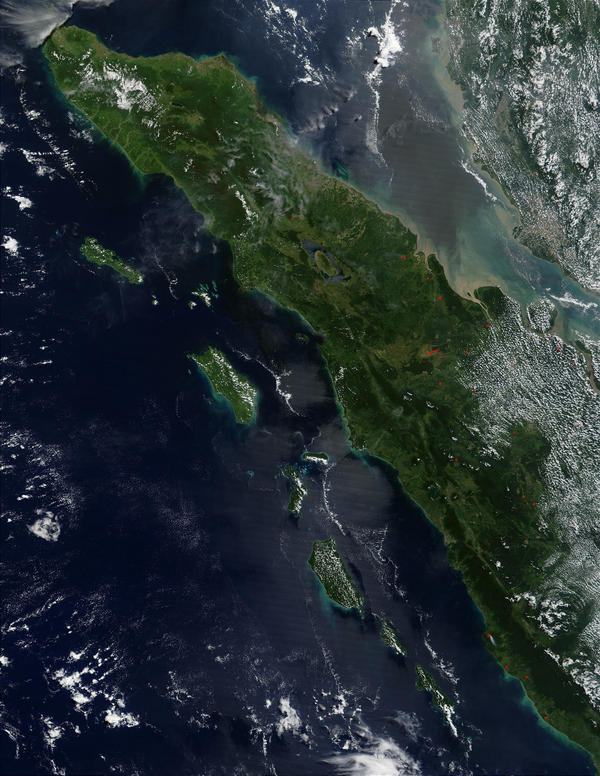Sumatra Volcanoes May Pack Deadly Punch


The oft-disaster-battered island of Sumatra may have yet another threat to add to the roster of natural phenomena that afflict the Indonesian island: colossal volcanic eruptions.
Although Sumatra residents are likely well-acquainted with the string of volcanoes that line the Indian Ocean island's western coastline, new research has revealed that some of these volcanoes are capable of far more violence than once thought.
"Our study found some of the first evidence that the region has a much more explosive history than perhaps has been appreciated," said Oregon State University's (OSU) Morgan Salisbury, lead author of research recently published in the Journal of Volcanology and Geothermal Research.
"Sumatra has a number of active and potentially explosive volcanoes, and many show evidence of recent activity," Salisbury said in a statement. However, he added, most of the eruptions are small, so little attention has been paid to the potential for a catastrophic eruption.
In 2007, OSU professor Chris Goldfinger led an expedition to Sumatra to dig up evidence of earthquakes that had rocked the region in the past. During the field work, the OSU team, along with Indonesian colleagues, stumbled upon unmistakable evidence of volcanic ash and began conducting a parallel investigation into the region's volcanic history.
The researchers unearthed the signatures of six major volcanic eruptions that hit Sumatra over the past 35,000 years. Most equaled — or surpassed — the explosive intensity of Mount St. Helens' deadly 1980 eruption.
Some of the eruptions dumped ash as far as 185 miles (300 kilometers) away.
Get the world’s most fascinating discoveries delivered straight to your inbox.
Sumatra has more than 30 potentially active volcanoes. And although the mountains do erupt, occasionally belching forth ash and gas, Goldfinger said, residents may not be aware of the potential for catastrophic violence that lurks within the peaks.
In 2004, the Indian Ocean island was devastated by an earthquake and an ensuing tsunami that killed more than 200,000 people around the world.
"Prior to 2004, the risk from a major earthquake was not widely appreciated except, perhaps, in some of the more rural areas," Goldfinger said in a statement. "And earthquakes happen more frequently than major volcanic eruptions."
This story was provided by OurAmazingPlanet, a sister site to LiveScience. Follow OurAmazingPlanet for the latest in Earth science and exploration news on Twitter @OAPlanet and on Facebook.



